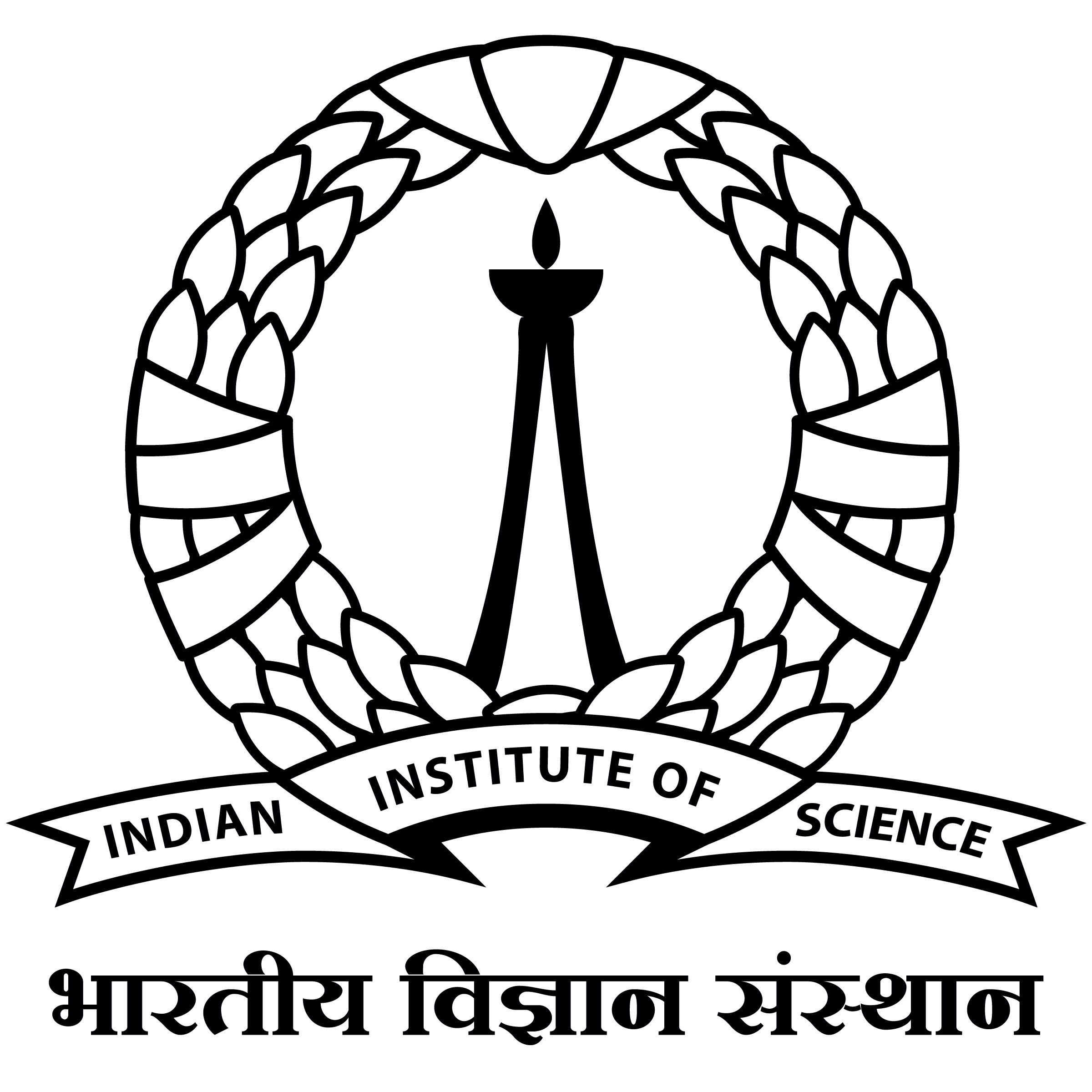Perception-based multiplicative noise removal using SDEs
Multiplicative noise, also known as speckle or pepper noise, commonly affects images produced by synthetic aperture radar (SAR), lasers, or optical lenses. Unlike additive noise, which typically arises from thermal processes or external factors, multiplicative noise is inherent to the system, originating from the fluctuation in diffuse reflections. These fluctuations result in multiple copies of the same signal with varying magnitudes being combined. Consequently, despeckling, or removing multiplicative noise, necessitates different techniques compared to those used for additive noise removal. In this paper, we propose a novel approach using Stochastic Differential Equations based diffusion models to address multiplicative noise. We demonstrate that multiplicative noise can be effectively modeled as a Geometric Brownian Motion process in the logarithmic domain. Utilizing the Fokker-Planck equation, we derive the corresponding reverse process for image denoising. To validate our method, we conduct extensive experiments on two different datasets, comparing our approach to both classical signal processing techniques and contemporary CNN-based noise removal models. Our results indicate that the proposed method significantly outperforms existing methods on perception-based metrics such as FID and LPIPS, while maintaining competitive performance on traditional metrics like PSNR and SSIM.



